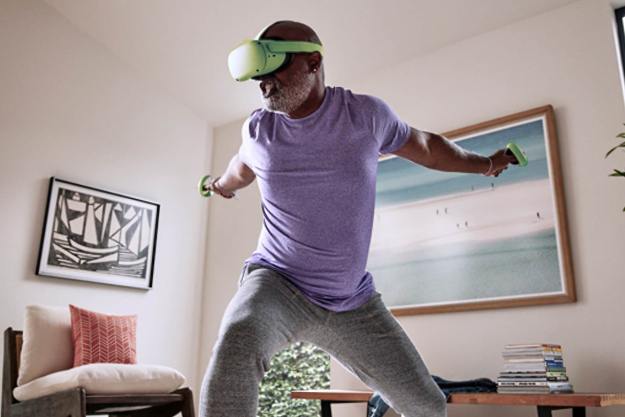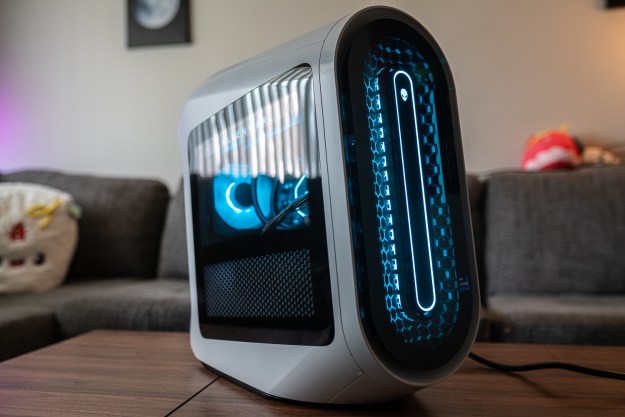Although unnamed officials said the Federal Communications Commission (FCC) backed out of voting on streamlining its complaint system, Chairman Ajit Pai moved forward with a vote anyway, landing a 3-1 decision to push forward with the new plan. Unnamed officials previously said the FCC never meant to harm consumers with a “conservative plot” and supposedly put its complaint system overhaul on ice.
But with the new approved streamlined system, the FCC sets itself up to be less involved with informal complaints, such as those regarding indecent language on the radio, unwanted robocalls and so on. Under the revised 1.717 Procedure, these complaints are reviewed and passed on to the offending companies for free.
The proposed new wording for 1.717 Procedure appears very similar to the one it replaces. Like the old language, the FCC said that even though it may investigate, consumers who file informal complaints may not necessarily receive a direct response from the agency.
“Complaints about privacy and billing can result in an FCC staffer getting involved,” The Washington Post reports. “Complaints about robocalls and the Do Not Call list are shared with various departments within the FCC and can result in investigations and fines against companies, but they do not generally lead to an FCC staffer contacting individual consumers.”
Critics argue that consumers often file a complaint with the FCC as a last resort because they couldn’t get a satisfactory resolution with the offending company. Sending the complaint back to the original company without any intervention essentially removes the FCC from the equation.
Still, if customers don’t get a satisfying result through the free informal complaint service, they will need to file a formal complaint with the FCC costing $225. This will be a legal process, resembling a lawsuit. The agency argues that the fee helps it streamline complaints, but the new rule could be cost prohibitive for some.
The new streamlined informal/formal complaint system could free the agency from having to read public comments. While the agency was required to read the more than 20 million comments last December when it rolled back net neutrality rules, under the new rules, the commissioners would not have to read through public comments at all, TechSpot reported.
Ahead of Thursday’s voting session, Congressmen Greg Walden (R-Ore.) and Frank Pallone (D-N.J.) from the House Committee on Energy and Commerce wrote a letter to Pai, urging him to reconsider the vote. The congressmen noted that the FCC’s role is to ensure that consumers receive fair and honest treatment from their service providers.
“Creating a rule that directs FCC staff to simply pass consumers’ informal complaints on to the company and then to advise consumers that they file a $225 formal complaint if not satisfied ignores the core mission of the FCC — working in the public interest,” the letter stated. “We worry that the proposed change signals that the FCC no longer intends to play this role, and will instead simply tell consumers with limited means and time that they need to start an expensive and complicated legal process. Such an outcome is neither compelled by statue nor a wise public policy decision.”
However, The Washington Post argued that changes to the languages of 1.717 Procedure “do not appear to push consumers toward filing formal complaints any more than the current policy does.”
Updated on July 12: Added FCC ‘s vote of the new complaint process.


